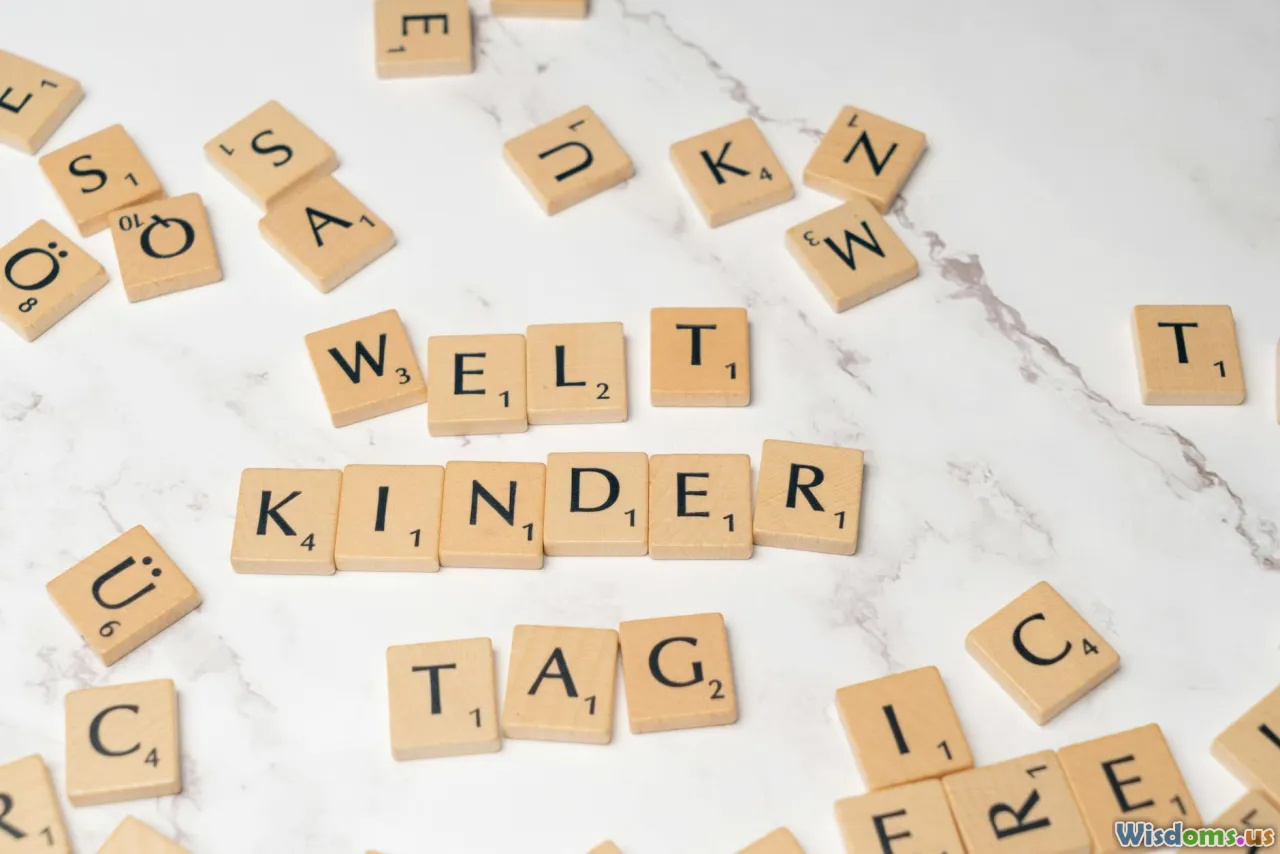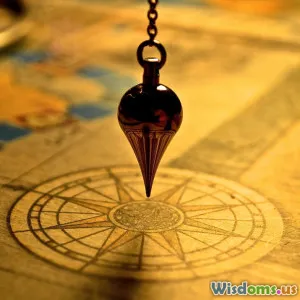
Bridging Cultures Through Language: A Comprehensive Guide
8 min read Discover how mastering languages fosters cultural connection and mutual understanding worldwide. (0 Reviews)
Bridging Cultures Through Language: A Comprehensive Guide
Language, often described as the key to the soul of a culture, functions as much more than just a medium for communication. It serves as a bridge, connecting divergent cultural landscapes and facilitating meaningful exchanges of ideas, traditions, and emotions. In a world that grows increasingly interconnected, understanding and leveraging the power of language has never been more vital. This guide delves into how language acts as a cultural bridge, the benefits of multilingualism, and how anyone can embrace new languages to foster deeper intercultural understanding.
Introduction: Why Language Matters in Connecting Cultures
Imagine visiting a foreign country and effortlessly chatting with locals, understanding their jokes, or appreciating cultural nuances without feeling like an outsider. Language learning isn’t merely about vocabulary and grammar; it's about unlocking access to a culture’s heart and soul. Renowned linguist David Crystal highlights this when he says, “Language is the road map of a culture. It tells you where its people come from and where they are going.”
This article aims to illuminate how learning new languages is an empowering tool for bridging cultural gaps and improving social cohesion. Through detailed insights and real-world examples, readers will learn not only why language matters but also how to embark on their multilingual journey effectively.
Understanding the Role of Language in Culture
Language as a Cultural Repository
Languages carry embedded histories, idioms, traditions, and worldviews. For example, the Inuit language has multiple words for different types of snow, reflecting their intimate relationship with their environment—a nuance lost without the language itself. Similarly, the Japanese concept of "wabi-sabi," encapsulating beauty in imperfection, is deeply ingrained in language expression, influencing art, architecture, and philosophy.
Language and Identity
Language serves as an identity marker within groups and communities. Research from the Pew Research Center indicates that identity affirmation through language can enhance individuals' self-esteem and promote social solidarity. For minority and indigenous groups, preserving their language is often synonymous with preserving culture itself.
How Learning New Languages Bridges Cultural Divides
1. Enhancing Empathy and Cultural Sensitivity
Studies reveal that multilingual individuals often demonstrate higher empathy because they experience multiple cultural perspectives. Professor Ellen Bialystok of York University finds that bilingualism sharpens perspective-taking abilities, allowing individuals to cognitively ‘step into another’s shoes’ more easily.
2. Facilitating Meaningful Communication
Language proficiency allows deeper interactions beyond surface-level exchanges. Consider the professional invites of international diplomacy, where fluency in counterparties’ languages can ease tensions and build trust—such as the direct negotiations in the Camp David Accords involving Hebrew, Arabic, and English speakers.
3. Opening Economic and Educational Opportunities
Multilingualism can expand job markets and educational access. An ECB (European Central Bank) report highlights that multilingual employees garner a 5–20% salary premium due to their ability to navigate diverse markets. Moreover, students studying abroad often immerse better with language skills, gaining authentic cultural insights.
Real-World Examples of Language Bridging Cultures
The European Union: Multilingualism as Policy
In the EU, official documents are translated into 24 working languages, emphasizing cultural inclusiveness and equality. This effort symbolizes not only respect but also active engagement with cultural diversity.
Language Revitalization Projects
Efforts to revive languages like Welsh in Wales or Maori in New Zealand showcase how reclaiming language empowers cultural identity and unity, bridging historical gaps caused by colonization.
Technology's Role: Language Learning Apps and AI
Platforms like Duolingo, Babbel, and emerging AI-powered conversation bots provide millions access to language learning, lowering barriers and igniting passion for cross-cultural communication.
Practical Strategies to Begin Bridging Culture Through Language
Immersive Learning Techniques
Immersion—surrounding oneself with the language—increases retention and cultural understanding. Watching movies, listening to music, or relocating temporarily to a language-speaking environment pushes learners beyond textbooks.
Cultural Exchange Programs
Joining exchange programs not only improves language proficiency but also exposes learners to lived experiences, festivals, customs, and social norms.
Embracing Mistakes and Building Confidence
Fear of error often inhibits learners. Embracing imperfection fosters a growth mindset, strengthening both language skills and cultural adaptability.
Integrating Cultural Knowledge with Language Learning
Understanding a culture’s values, humor, and traditions alongside language nuances enriches communication and helps avoid cultural faux pas. For instance, learning about collectivism can change how one interprets politeness in East Asian cultures.
Conclusion: The Path Forward—Language as a Catalyst for Global Harmony
In a globalized era fraught with misunderstandings and division, language stands as a potent bridge inviting curiosity, respect, and collaboration. Through language acquisition, barriers dissolve; cultures intertwine, revealing shared human experiences and unique expressions alike. The journey to learn a new language transcends textbooks—it becomes a journey toward empathy, inclusion, and peace.
Whether for personal enrichment, professional advancement, or societal harmony, embracing new languages can powerfully enrich lives and unite disparate cultures. As Nelson Mandela aptly stated, “If you talk to a man in a language he understands, that goes to his head. If you talk to him in his language, that goes to his heart.” Start your journey today, and bridge worlds one word at a time.
References:
- Crystal, D. (2003). The Cambridge Encyclopedia of Language.
- Bialystok, E., et al. (2012). Bilingualism and Cognitive Control.
- Pew Research Center. (2017). Language identity and its social impact.
- European Central Bank. (2016). The Economic Benefits of Multilingualism.
- Mandela Quotes Archive.
Rate the Post
User Reviews
Popular Posts





















